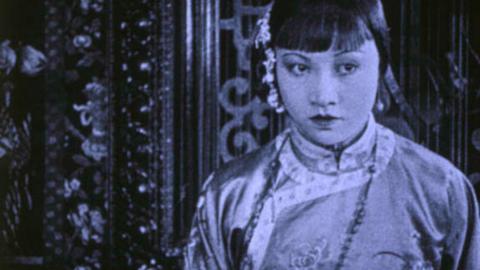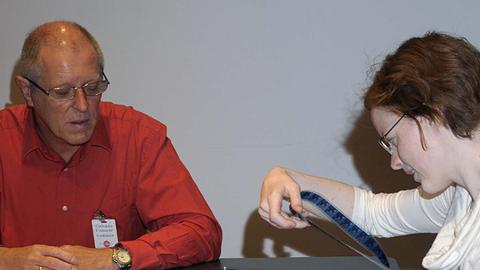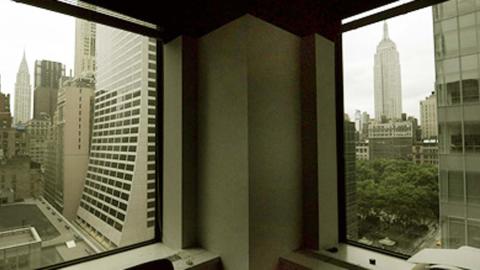

Visiting George Eastman House

Craig Dingwall is visiting the USA in May as part of the NFSA’s George Eastman House exchange program. Craig is a telecine operator (the process of transferring motion picture film into video form) and colourist in the NFSA preservation team.
I arrive in Rochester, New York, Saturday 7 May. I am warmly greeted at the airport by Jeff and Deborah Stoiber, who take me on a tour of this lovely city. We later meet Juan Vrijs and Gerard de Haan from Haghefilm. I got to know everyone during the course of a really wonderful weekend.
Monday 9 May was my first visit to George Eastman House.
The house itself and the surrounding gardens are simply breathtaking. George Eastman had the house built between 1902 and 1905. The estate has been retained in immaculate condition.

Jeff introduced me to the preservation staff, gave me a tour of the museum and the preservation areas. The museum has a large collection of film and photographic cameras on display, notably the camera that was used to film the The Wizard of Oz (1939). George Eastman House is also running a Civil War exhibit at the moment which contains amazing photographic stills from that era. The preservation sections are also very impressive, including Motion Picture Department, Stills and Paper conservation, Digital Works and the Selznick School. Working within these sections is a group of very skilled and dedicated staff.

Later that morning Juan, Gerard and I met the students of the Selznick School of Film Preservation. We each gave them a brief description of our professional backgrounds. Juan proceeded to show us a film about preparing and printing nitrate film. He described the processes involved during the film such as handling the material correctly and the different types of printers you can employ for the task. Our group moved into the magnificent Dryden Theatre, where we were shown examples of Haghefilm’s past restorations.
Juan and Gerard had microphones during this session and gave us a running commentary on film preparation and digital restoration techniques they utilised for the various problems that occurred. Issues such as shrinkage, scanning technology and compositing software were discussed in this lecture. In terms of compositing, Haghefilm have been lifting elements from one film component and placing them in another digitally. This can be done when multiple copies of a film still exist.

The day finished with a Q&A session with Juan, Gerard and myself as the panel. The students had a range of questions they had prepared beforehand for the panel to answer. I discovered that I know a lot more about audiovisual preservation than I thought and was able to comment on issues from the point of view of the NFSA. I learnt so much from Juan and Gerard, it was a real privilege to hear the opinion of two very experienced restoration experts during a very enjoyable first day.
The National Film and Sound Archive of Australia acknowledges Australia’s Aboriginal and Torres Strait Islander peoples as the Traditional Custodians of the land on which we work and live and gives respect to their Elders both past and present.


